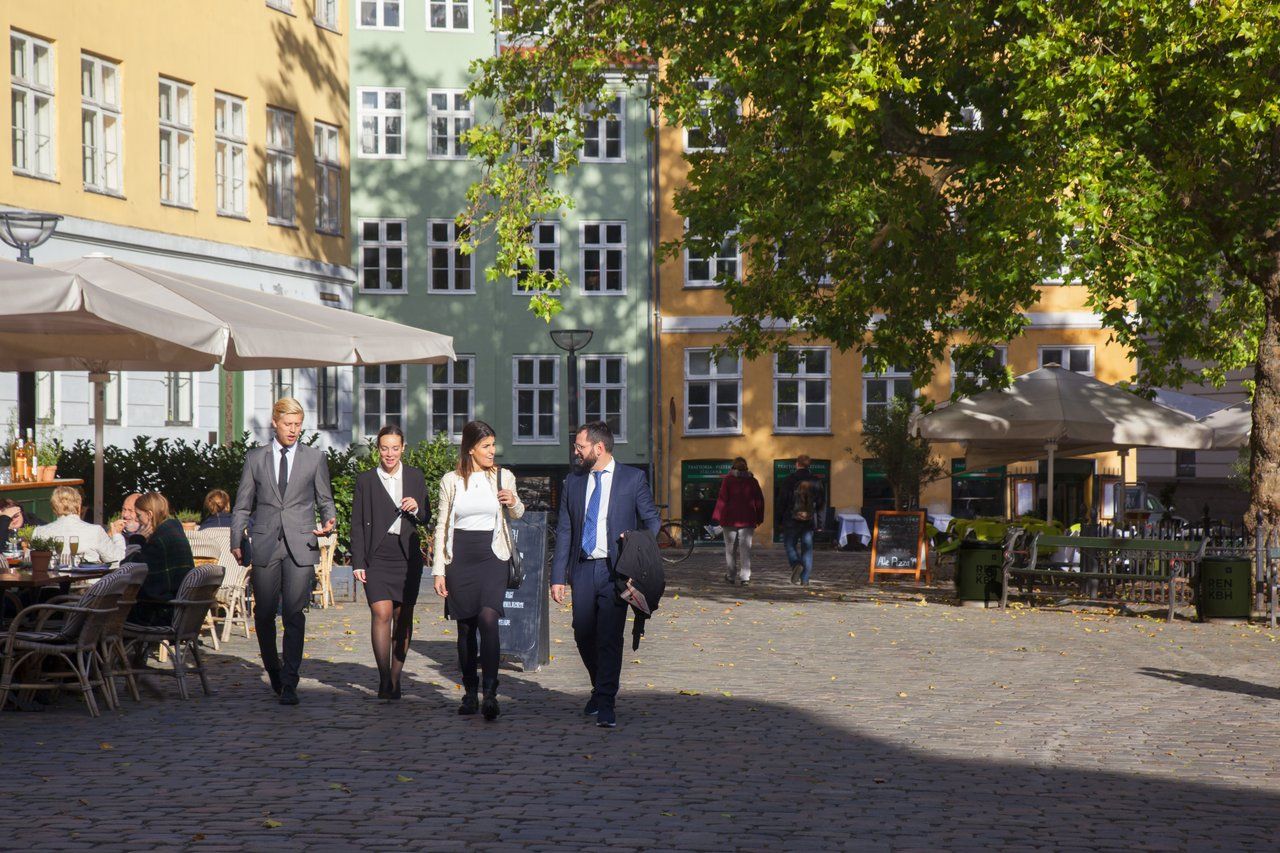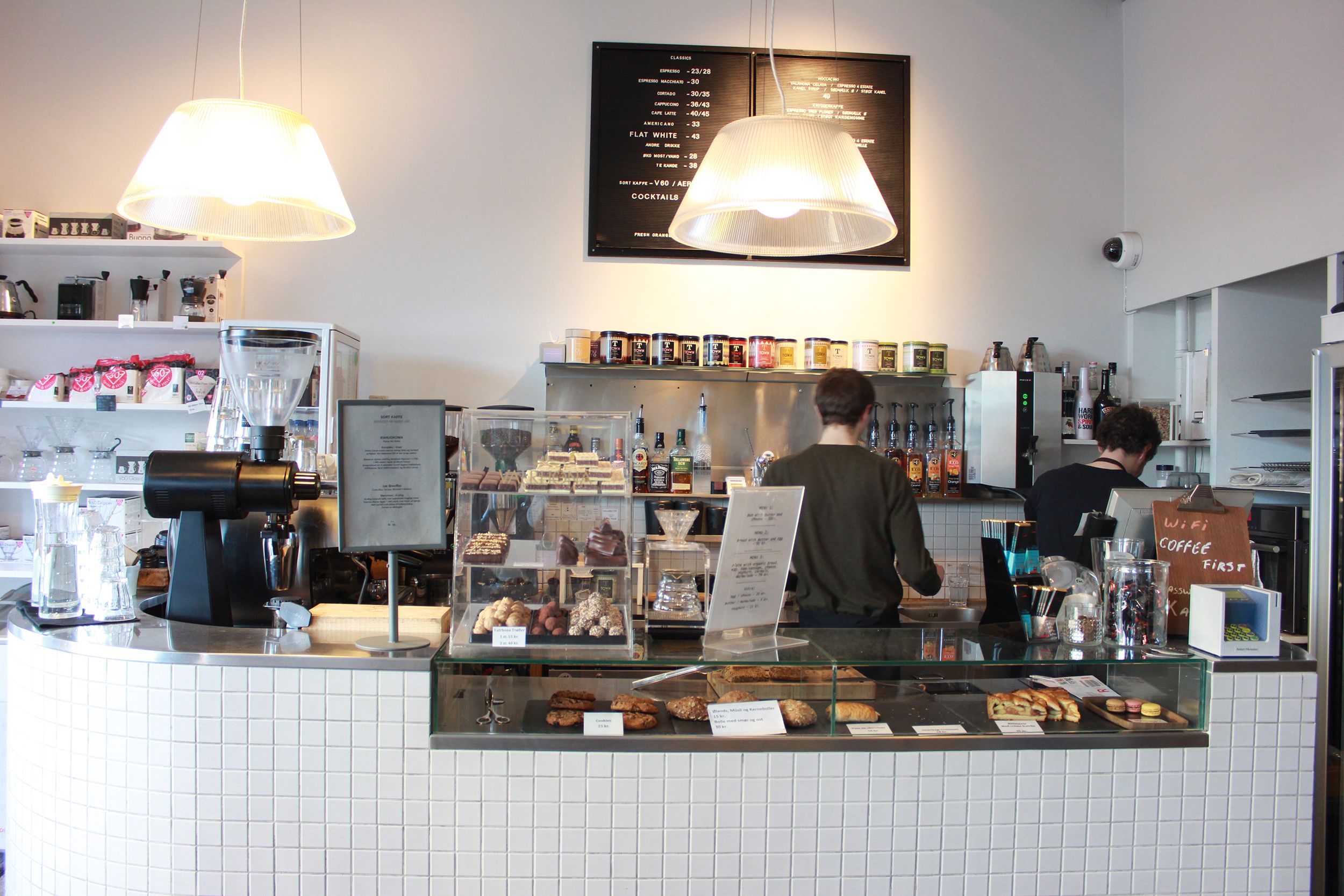Both physically arresting and acoustically exquisite, the DR Concert Hall is a beautifully suitable space for any musical occasion. Last Thursday, it played host to ‘Eroica & Sacre’, which featured the outsized genius of Beethoven and Stravinsky and spanned the diverse orchestral genres of romanticism and modernism with mighty aplomb.
The performance began with ‘Fanfara funebre’, a short contemporary piece by Soren Nils Eichberg. At four minutes long, it packed a lot, from strained urgency to melodiousness that floated seamlessly into the opening of Beethoven’s ‘Symphony No 3 in E flat major (opus 55)’ – the famous ‘Eroica’, which was initially dedicated to Napoleon until Beethoven changed his mind about the little Corsican. Scored in 1804, ‘Symphony No 3’ is perhaps the most famous piece of music of the early Romantic period; the opening passage of the scherzo in the third movement is instantly recognisable to even casual fans of classical music.
The DNSO, with esteemed conductor Rafael Fruhbeck de Burgos at the helm, flew through the piece with consummate skill and verve. The No 3 traverses an aural universe from the grave to the playful to the majesty of the finale in the fourth movement. The DNSO handled it all with precision and splendour.
After the intermission came the dark intensity of Igor Stravinsky’s ‘La sacre du Printemps’ (‘The Rite of Spring’), the music from the ballet of the same name. When the work premiered in 1913 in Paris it was met with equal measures of incomprehensibility and outrage. Stravinsky’s work of modernist brilliance only grew in reputation, however, and has found its way into the standard repertoire of orchestras and ballets around the globe.
‘La sacre du Printemps’ still has the power to rankle the nerves of music lovers of sensitive tastes. The DNSO attacked this piece with superb energy, at times using six percussionists to drive its frenetic pace. Fruhbeck de Burgos conducts while seated, but the intensity was written all over his face throughout. By the time Stravinsky’s masterpiece reached its thunderous conclusion, the man to my left let out an audible sigh. I know what he meant.













